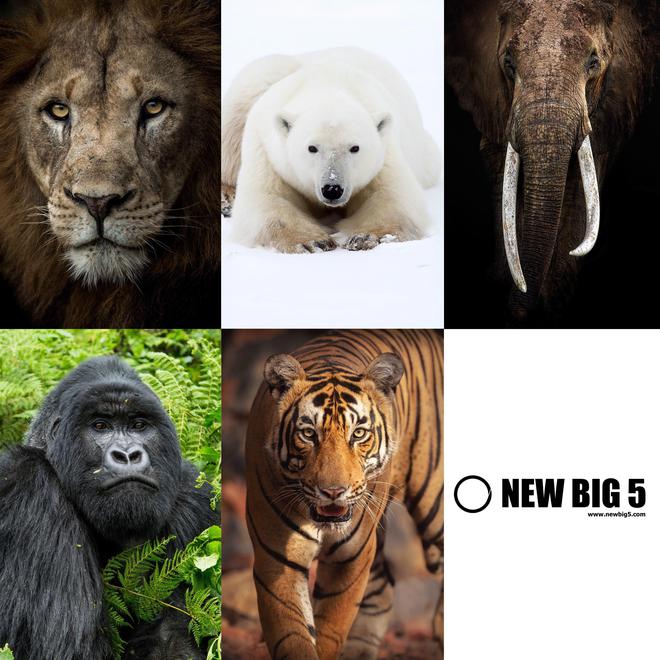Context
-
Two of Kaziranga National Park’s ‘Big Five’ animals have made it to the planet’s New Big 5.
- All the New Big 5 animals are keystone species, essential to the balance of nature in their habitats, biodiverse ecosystems and the survival of other species, including humans.
About New Big 5
- These are the elephant, polar bear, gorilla, tiger and lion.
- Missing from the global list of “favourite animals to photograph” is the greater one-horned or Indian rhinoceros for which Kaziranga was born in 1905.
Source: The Hindu - The African cousin of Assam’s iconic and apparently armour-plated animal was in the original ‘Big 5’, a term that trophy hunters used for the five most prized and dangerous animals to shoot and kill.
- The others on the hunters’ list were the elephant, leopard, Cape buffalo and lion.
Key Fact
- Kaziranga, home to more than 55% of the one-horned rhinos on earth, has a sizeable elephant population and the highest density of the tiger in India.
- The rhino, elephant and tiger form Kaziranga’s Big Five along with the Asiatic water buffalo and swamp deer.
- Listed as endangered by the International Union for Conservation of Nature, tigers are the closest of the big cats to extinction. There are about 3,900 tigers left in the wild globally but an estimated 20,000 are in captivity.
- In India, tiger numbers are stable. But the striped cat has been largely wiped out in Cambodia, Vietnam, Laos and China. The Malayan (150-200 left) and Sumatran (300-370 left) sub-species are listed as critically endangered.
New Big 5 project
- Created by British photographer Graeme Green, the New Big 5 project’s aim is to raise awareness about the crisis facing the world’s wildlife from threats including habitat loss, human-wildlife conflict, poaching, illegal wildlife trade and climate change.
- Since its launch in April 2020, the project to list the animals received more than 50,000 votes from wildlife lovers.
- The New Big 5 are the tip of the iceberg. They stand for all the creatures on the planet, so many of which are in danger. From bees to blue whales, all wildlife is essential to the balance of nature, to healthy ecosystems and to the future of our planet.
- They are a flagship species for the conservation of their habitats and all other life that exists there.
Species in News : Click Here
Environment Current Affairs : Click Here

